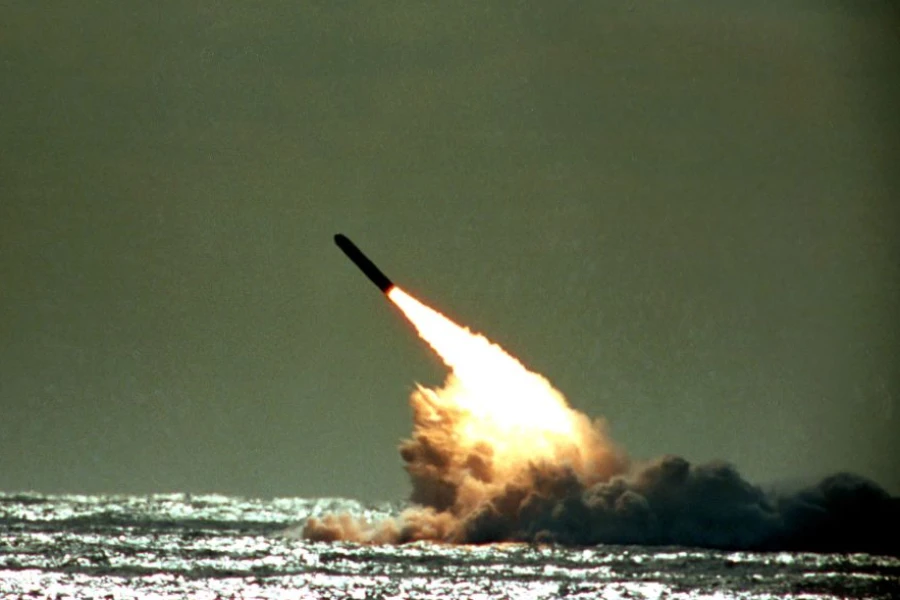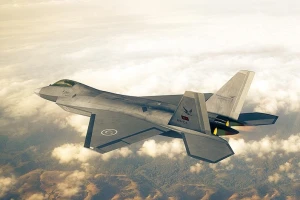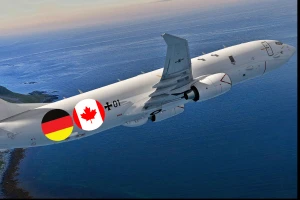- DEFENCE
- 1 year before
Britain's Nuclear Test Failed
The second test launch of the UK's Trident nuclear missile from the HMS Vanguard submarine ended in failure, with safety concerns rising.
-

- 1 year before
- Category: DEFENCE
- Published: 22/02/2024

Britain's Nuclear Missile Test Failed
Britain's Trident nuclear missile test launch has failed for the second time.
Thetest was carried out from the submarine HMS Vanguard, and the missile was expected to fall into the Atlantic Ocean. However, the missile fell into the sea, a little further from where it was fired.Although missiles are usually equipped with nuclear warheads, these warheads are not used in test firing.This is considered embarrassing for the UK, which carried out the trial, and the US, the manufacturer of the Trident missile.
A defence source said the Trident missile “could certainly be fired when it was really needed.”
The Ministry of Defence, which acknowledged the anomaly during the firing, said the capability of the crew and the submarine had been proven and “the effectiveness of the UK's nuclear deterrent has been reaffirmed.”
Because of its cost, Britain rarely tests Trident missiles. Each missile costs $21.5 million.
The previous attempt was made in 2016, and it failed. It took more than seven years to reload the
submarine.The CND group, which campaigns against nuclear weapons in the UK and the world, stressed that the reloading of the missile cost more than $630 million and said: “We must stop spending money on it.”What is Trident?
According to CND's information on Trident, this system consists of four nuclear submarines, each capable of carrying eight missiles.
Each missile is capable of carrying five nuclear warheads, each about eight times as destructive as the bomb that destroyed Hiroshima in 1945.
Trident submarines are always cruising the seas. According to CND, in March 2021, the British government controversially announced that it would increase the number of nuclear warheads by over 40 percent. This was the first increase since the Cold War
.The warhead stockpile is expected to last until the late 2030s. The UK currently has around 225 warheads, and that number is expected to increase.The Stockholm Institute for International Peace Studies announced in June 2023 that the number of operational nuclear weapons had increased. It is estimated that there are 12,512 nuclear warheads in the world.






Write Comment